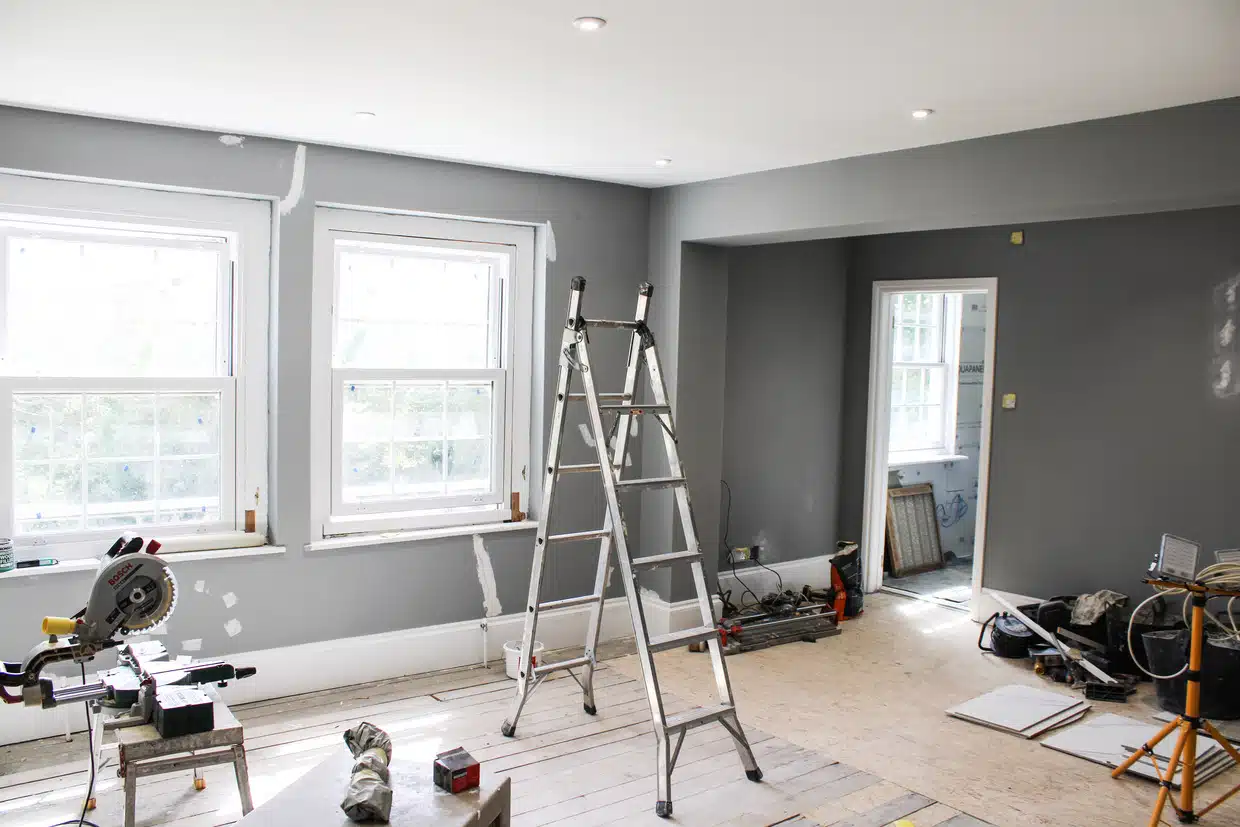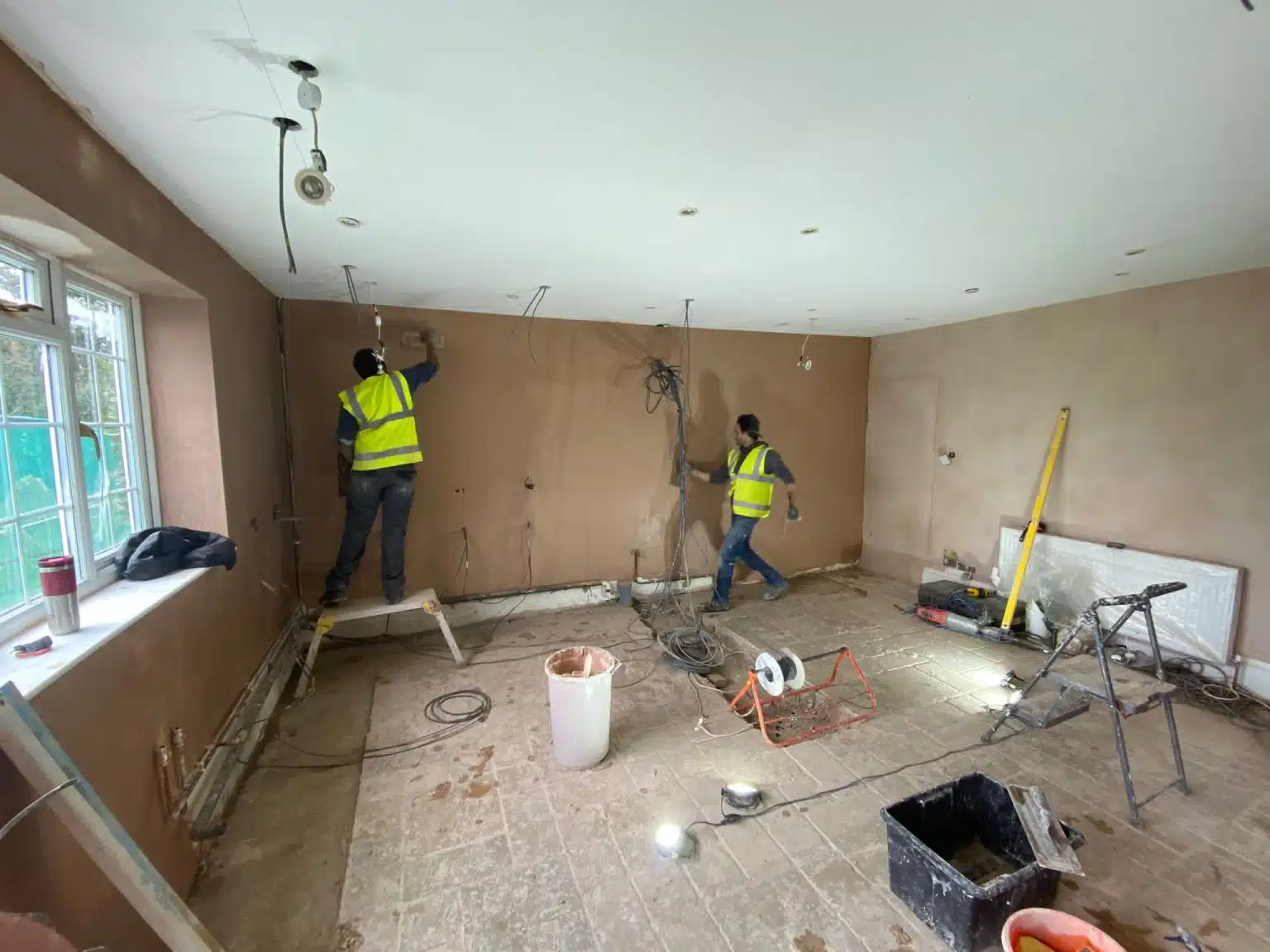With rising interest rates, shifting buyer habits and new priorities around how people live and work, property investors are right to pause and reassess. But the fundamentals still hold. Development remains a strong option, if approached with the right mindset.
It’s not just about location anymore. It’s about quality, adaptability and delivering something that people actually need.

Why Property Still Delivers
Unlike more passive investments, property gives you control. You can add value, reshape existing spaces or build something that meets today’s needs. This active approach is why development continues to attract both experienced players and first-time investors.
In towns like Tunbridge Wells, where supply remains tight, there is still a huge need for well-designed housing. Families are looking for flexibility. Older buyers want simplicity. Remote workers need smart layouts and space to focus. These patterns aren’t changing in 2025. If anything, they’re getting more defined.
Where the Opportunities Lie in 2025
A Shortage of Good Homes
The UK is still underbuilding. That hasn’t changed. Developers who can create housing tailored to modern needs are more likely to sell or let quickly. Energy-efficient builds, practical layouts and smart locations are all rising to the top of buyer wish lists.
Planning May Be Easier to Navigate
While planning remains a challenge, councils are under growing pressure to release land and simplify approvals. Developers who spot the opportunities others miss by knowing their local area often get ahead.
Green Features Are Becoming the Norm
Sustainability is no longer a buzzword. It’s a basic expectation. Buyers care about EPC ratings, heat pumps, low bills and shared outdoor space. The best developments embrace sustainability from day one.
Converting Commercial Buildings Still Makes Sense
With fewer people commuting full-time, many commercial buildings are sitting empty. These can often be turned into homes or mixed-use spaces with real value. Developers who can reimagine what these buildings could be stand to benefit.
Getting the Fundamentals Right
In 2025, the best developments won’t be the flashiest or biggest. They’ll be the ones that reflect their location, are well-built and appeal to the people who live and work nearby.
Developers who keep design, planning, project management, and even long-term upkeep in-house tend to achieve better results. Controlling quality across the board means fewer issues, better finishes and stronger long-term value.
What Buyers and Renters Actually Want
Trends may shift, but the core needs are clear:
- Energy efficiency and low running costs
- Good internet and space to work
- Short walks to shops or transport
- Low-maintenance materials and managed upkeep
- Shared outdoor areas or gardens
Meeting these needs helps properties sell faster and hold their value over time.
Why Now Could Be the Right Time
After a few uncertain years, the market is finding its feet. Inflation has calmed. Confidence is slowly returning. Landowners are more open to joint ventures or flexible deal structures. For those with a clear plan and a long-term view, 2025 presents a real opening.
It’s not a time for cutting corners. But it is a good moment to get involved, if you have the right partners and choose your projects carefully.

The Takeaway
Yes, property development still makes sense in 2025. But success relies on sharp execution, careful planning and a clear understanding of what buyers actually want.
At Presence & Co., we’re focused on building well. We manage the full process in-house and work closely with local professionals to make sure every detail adds value. Whether you’re new to development or expanding a growing portfolio, having the right team around you can make all the difference.


